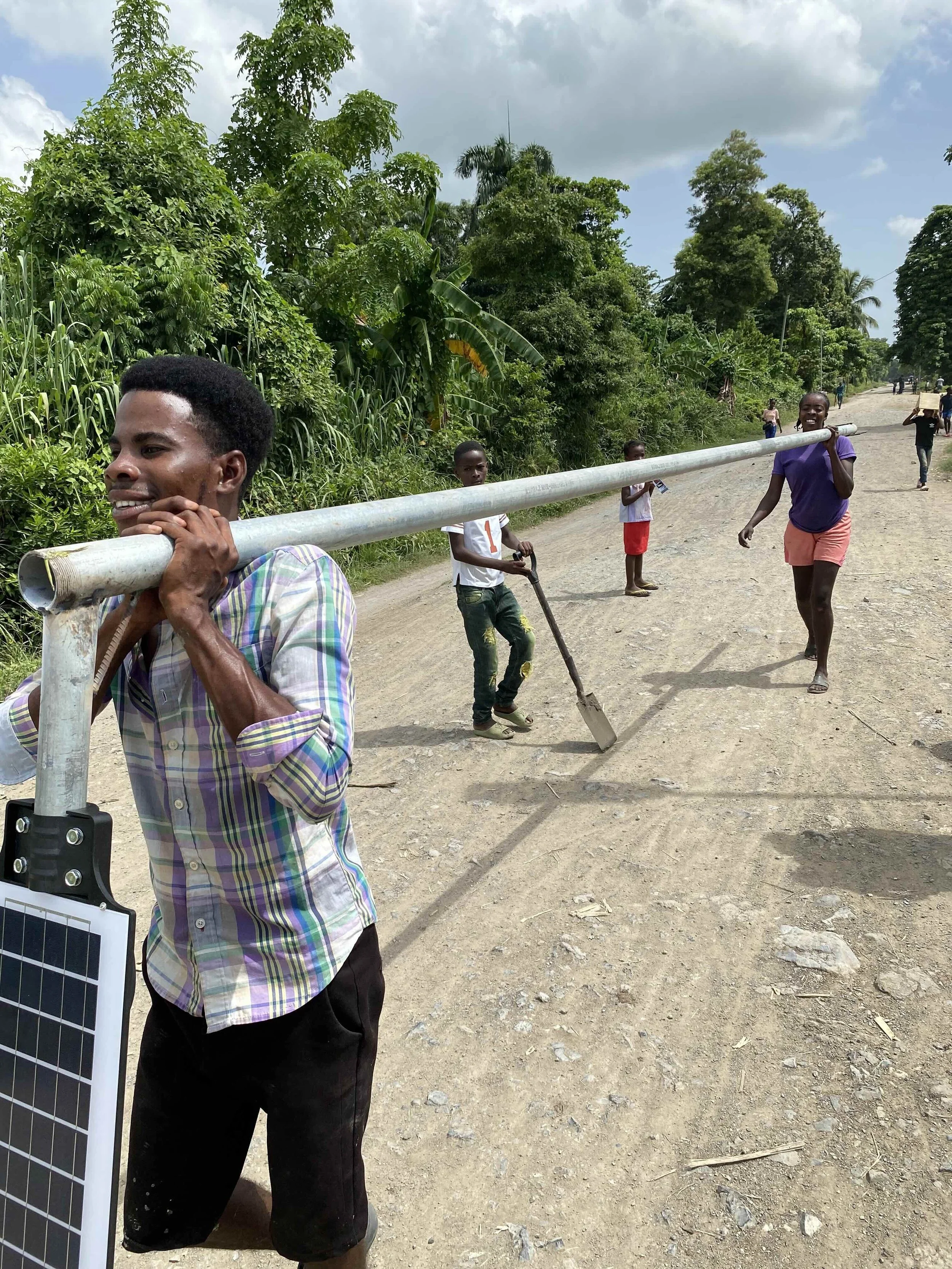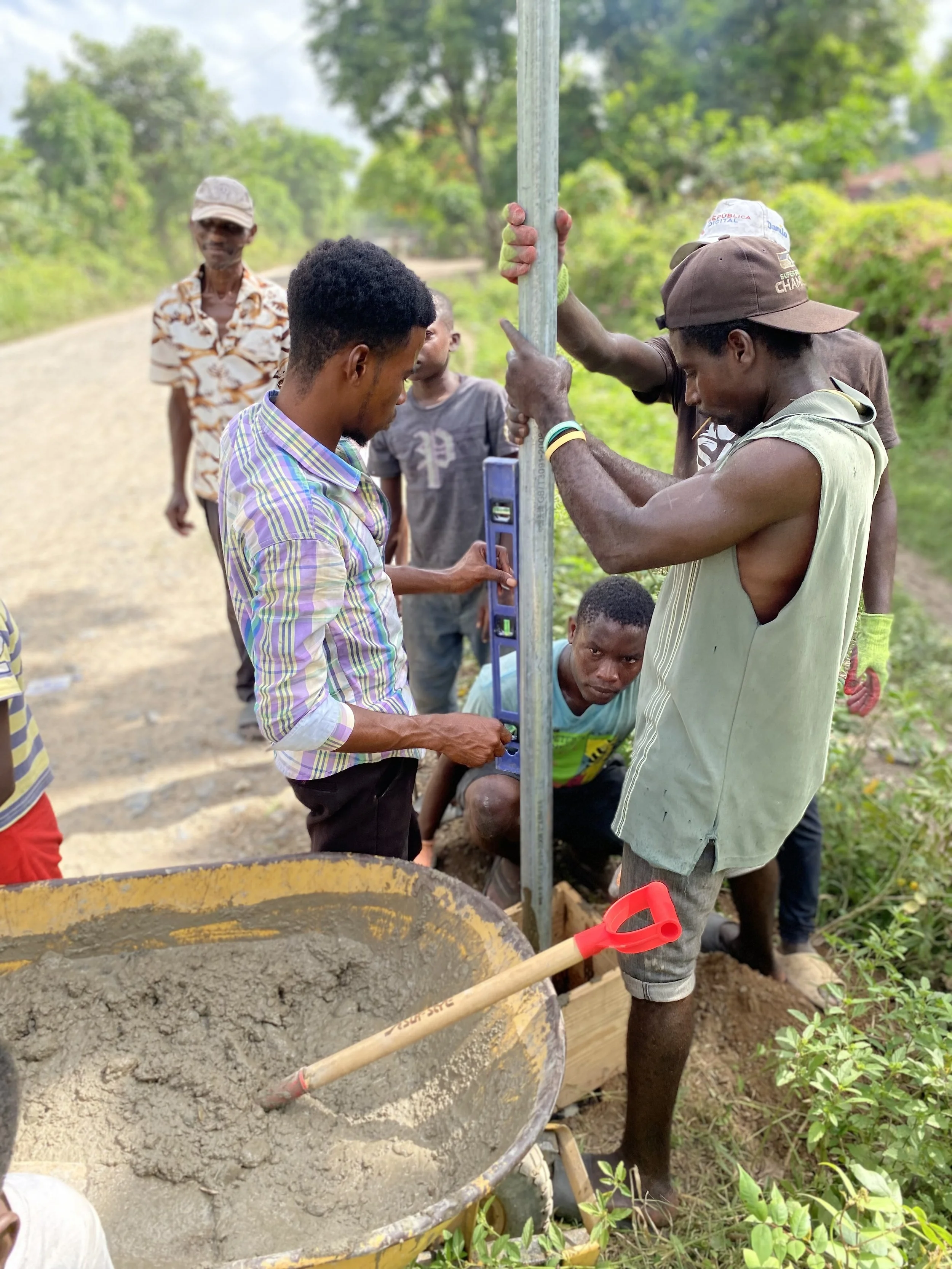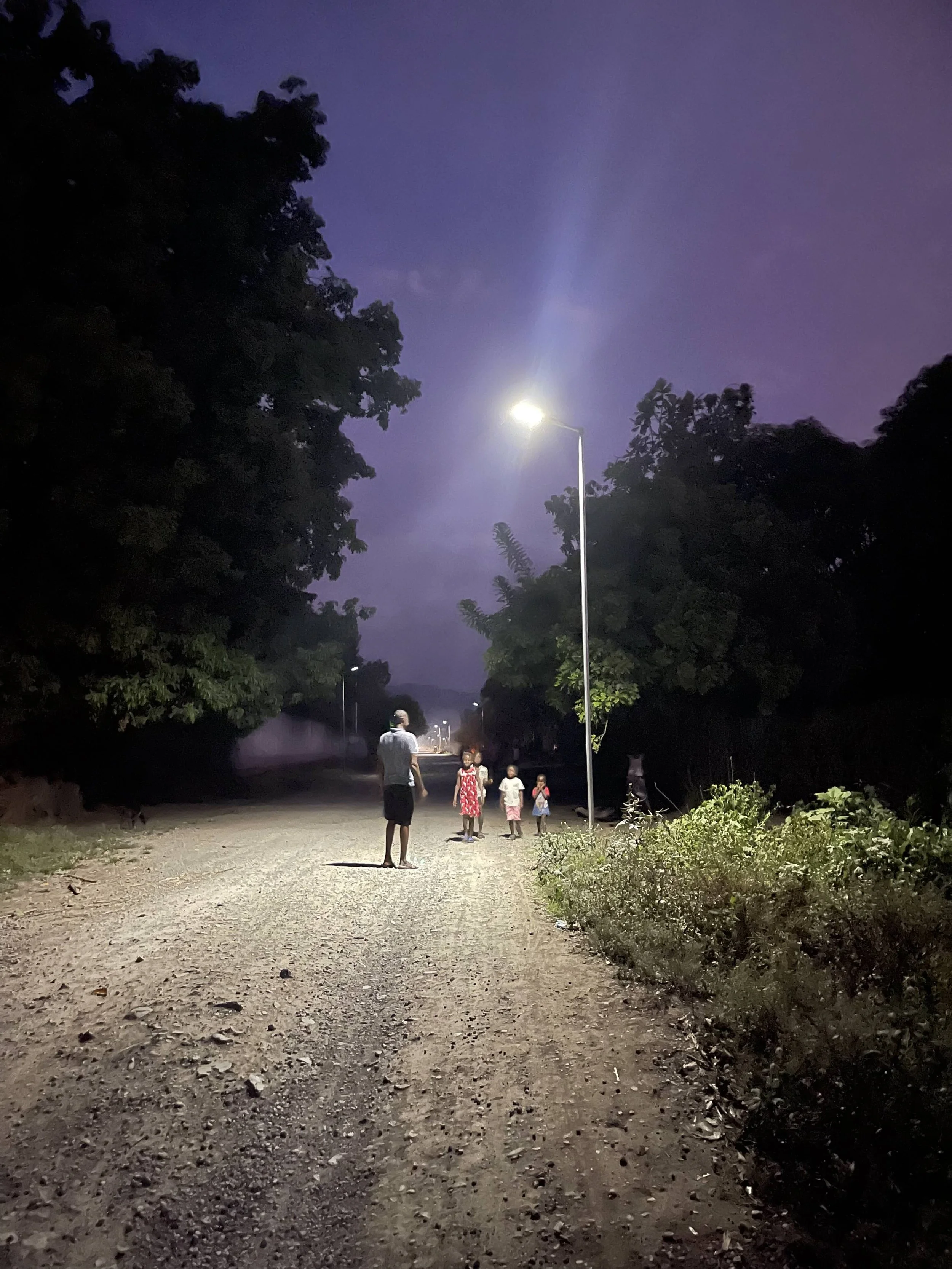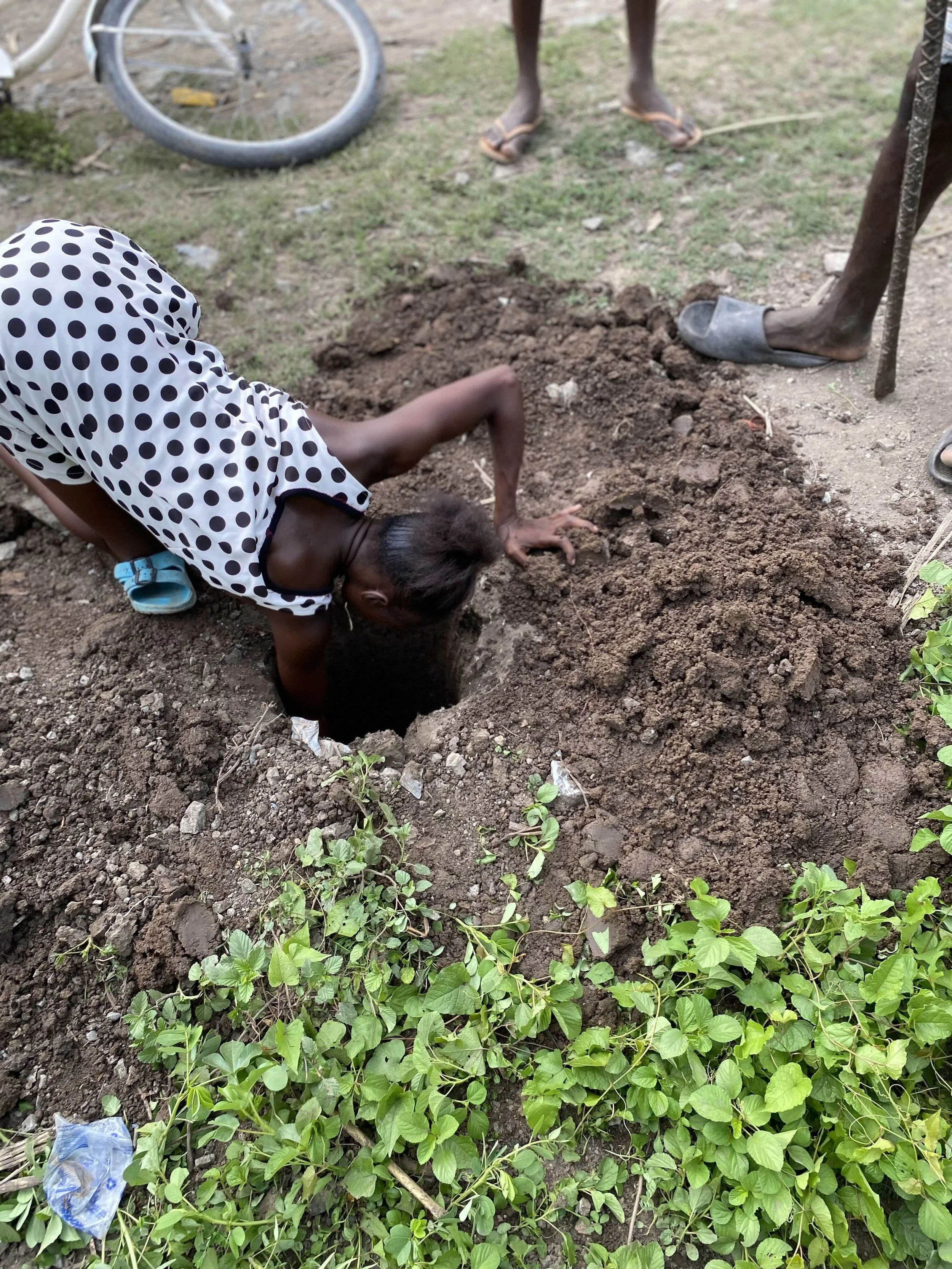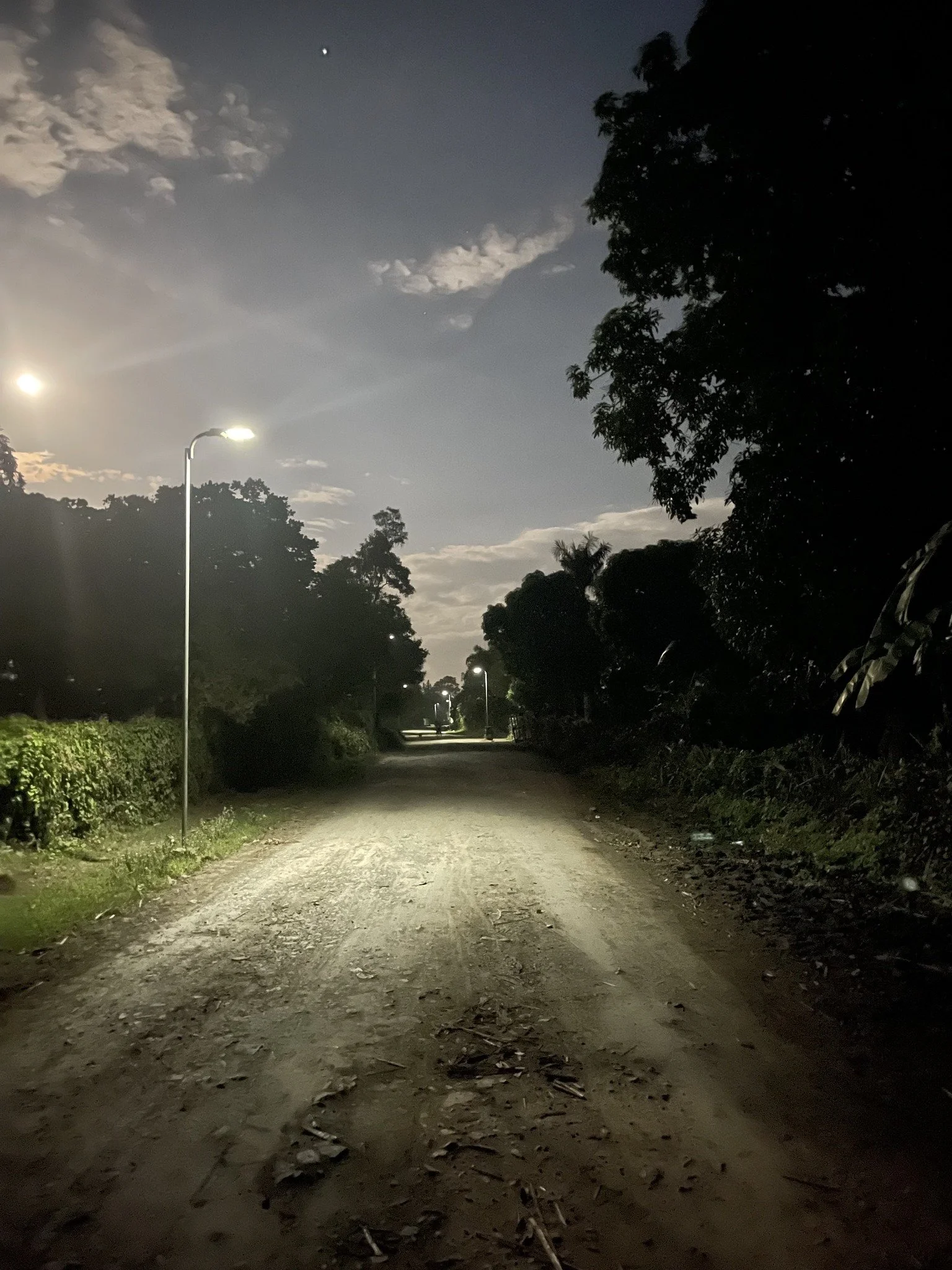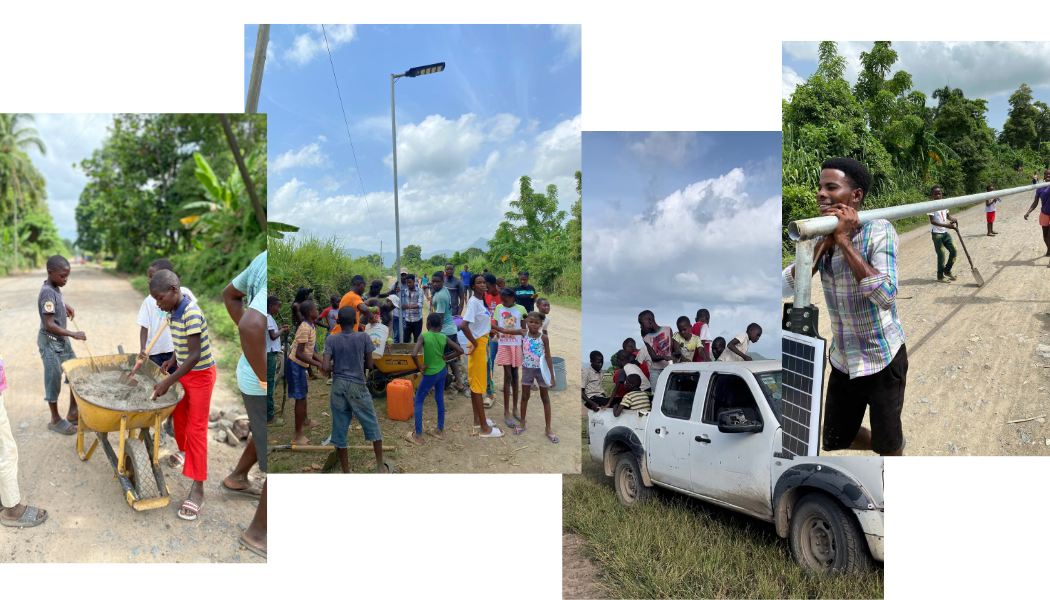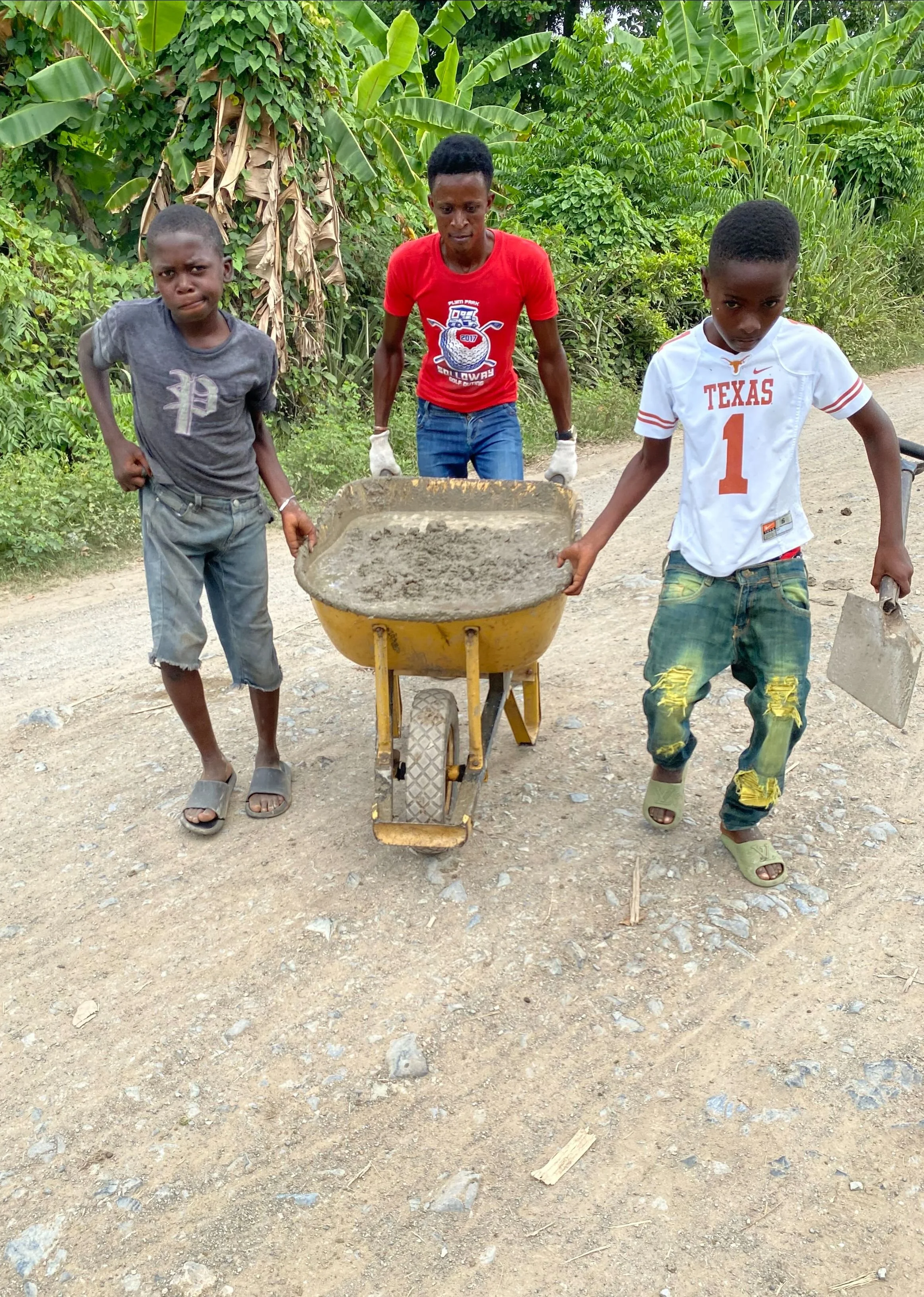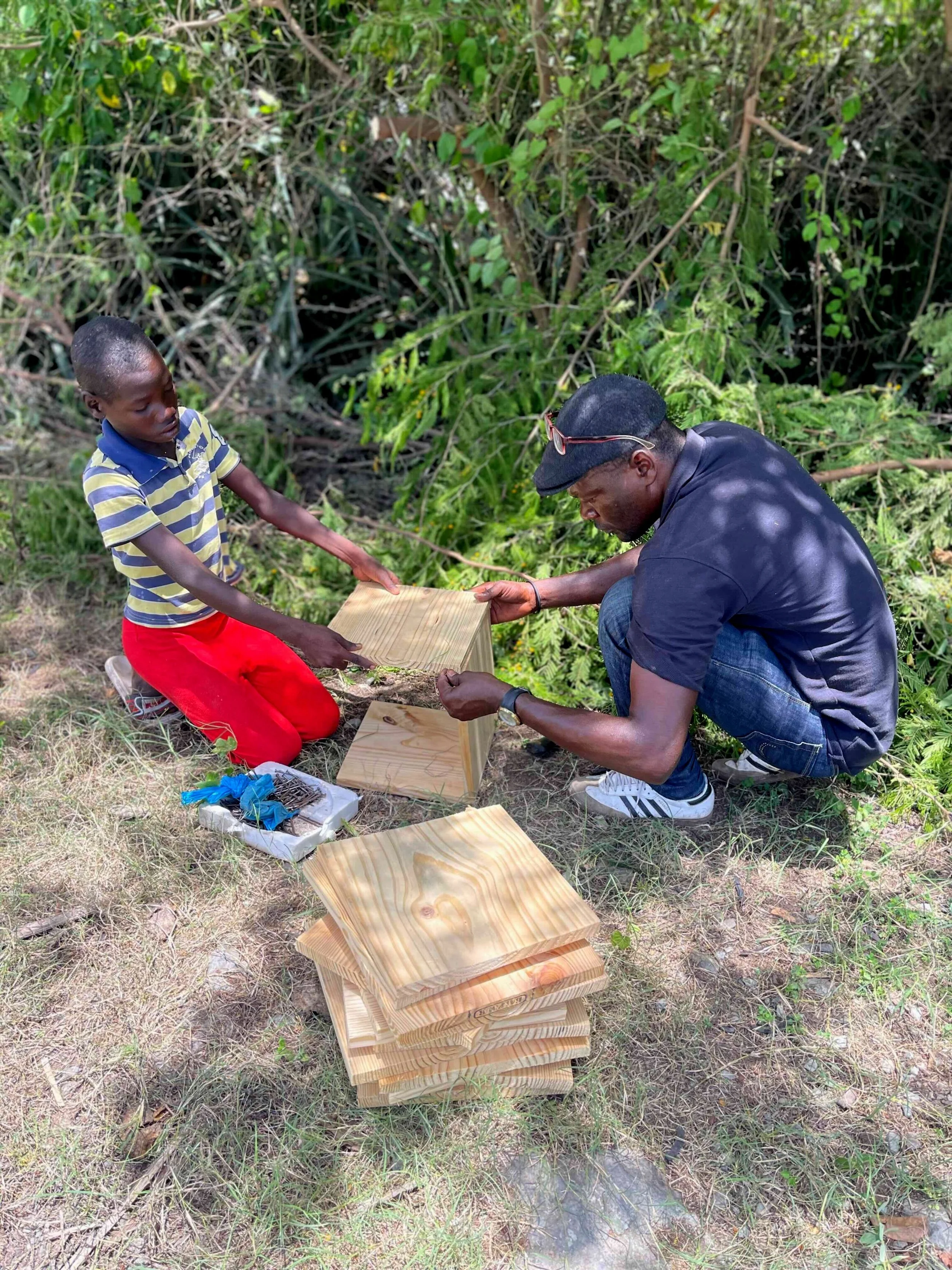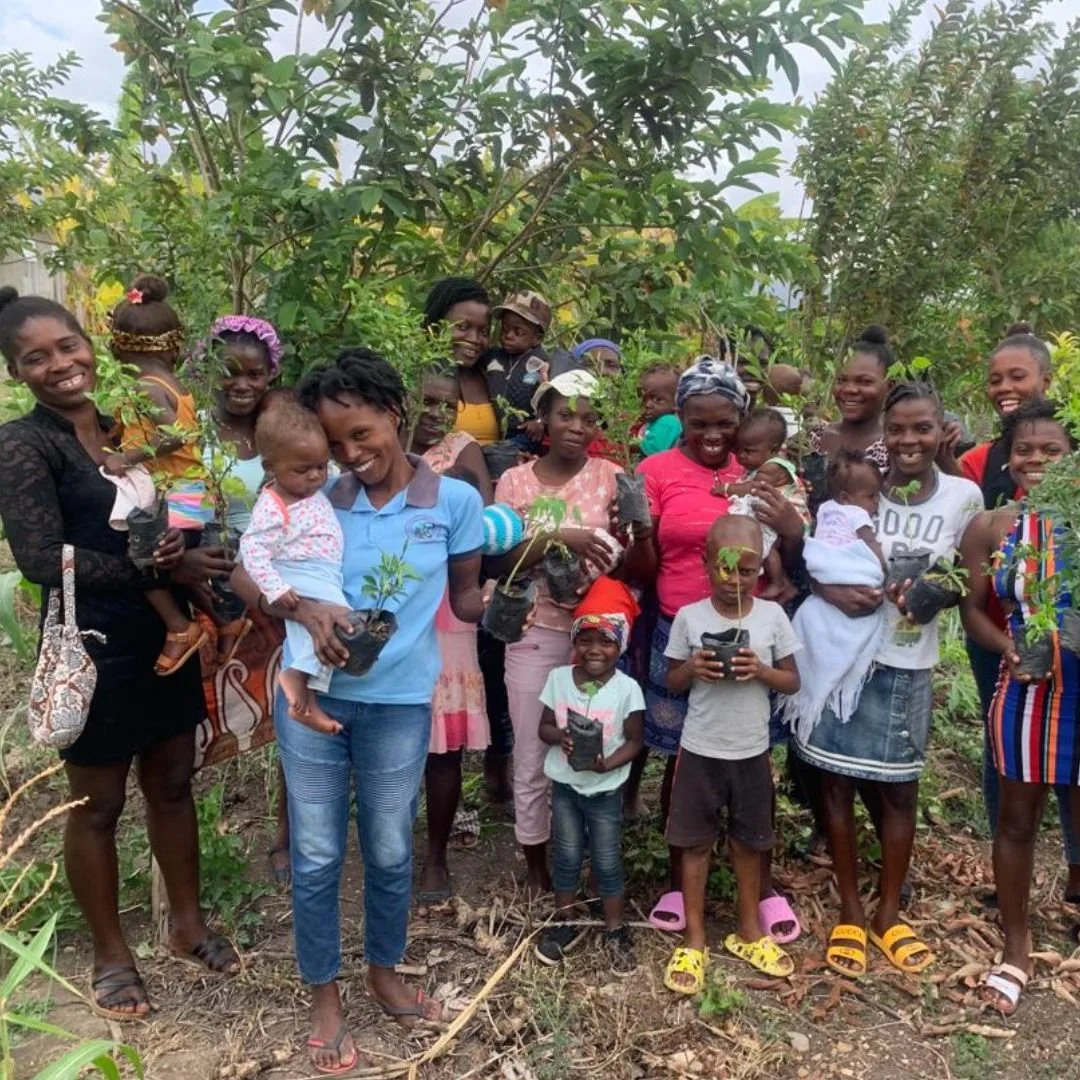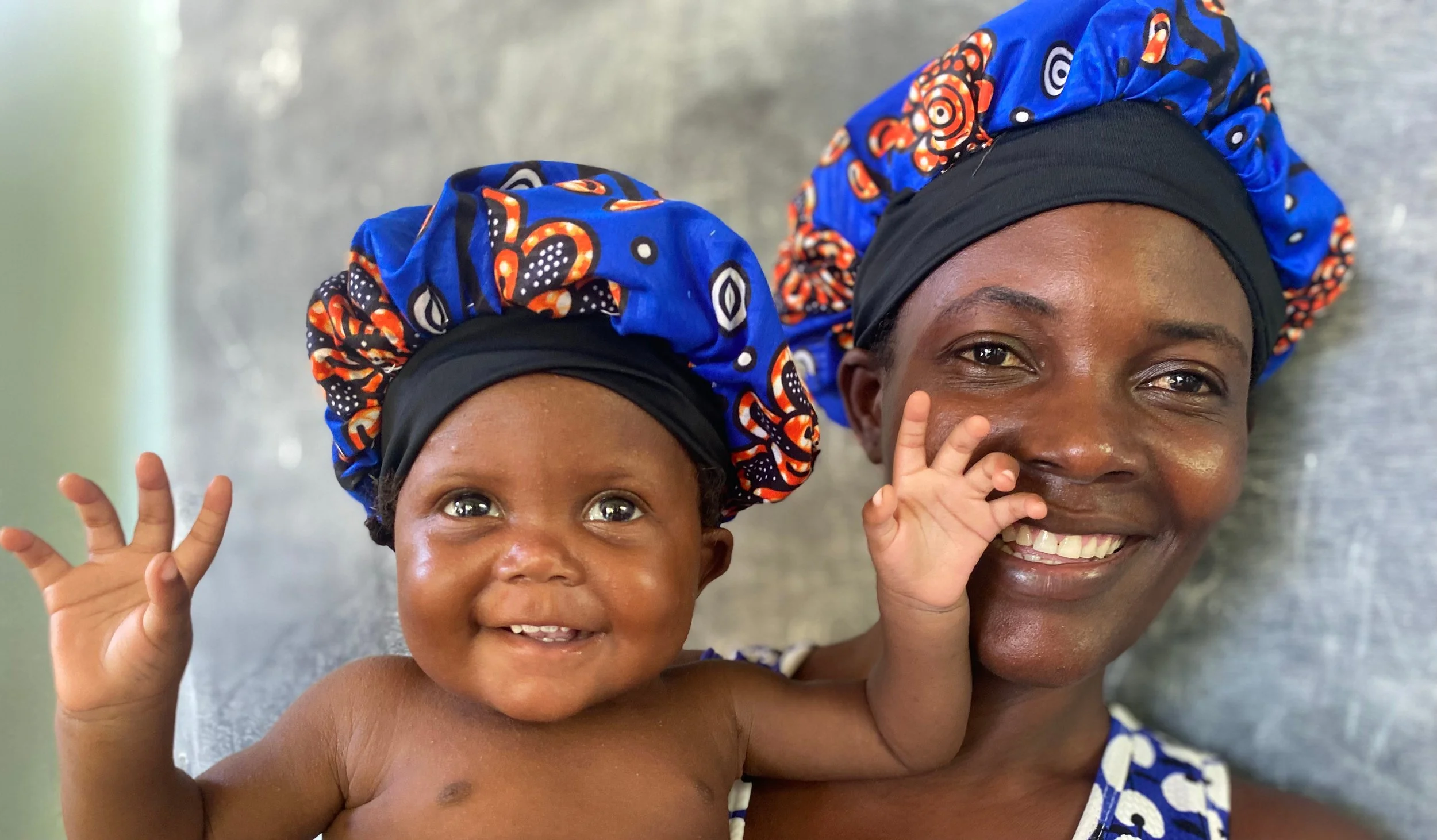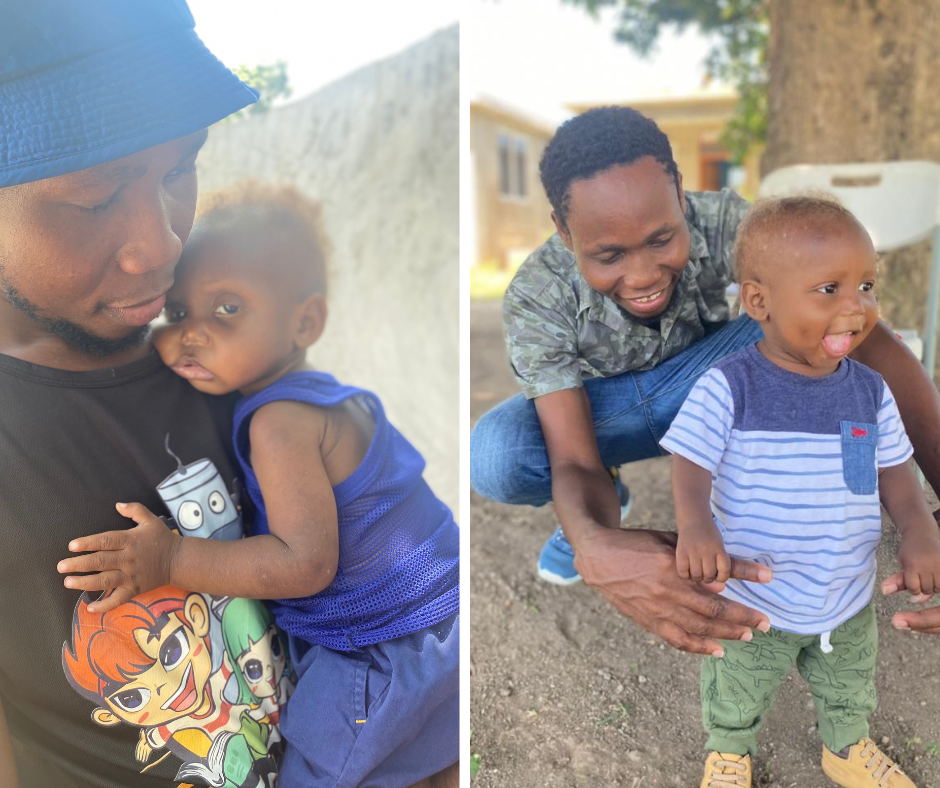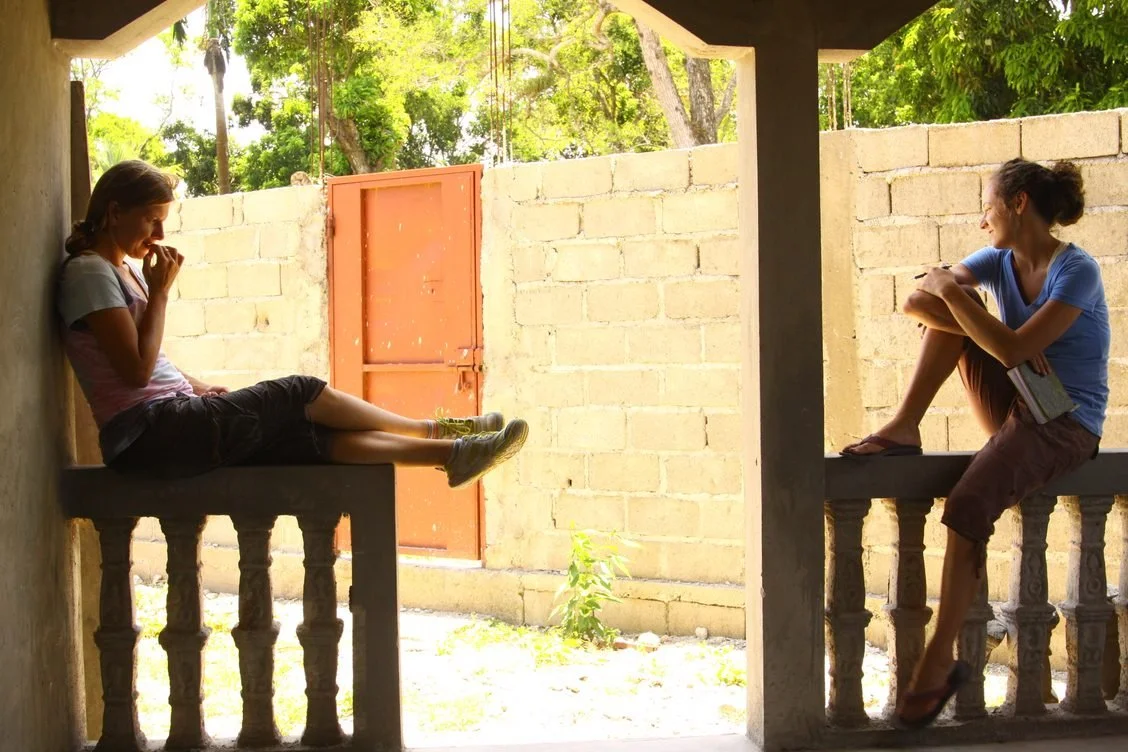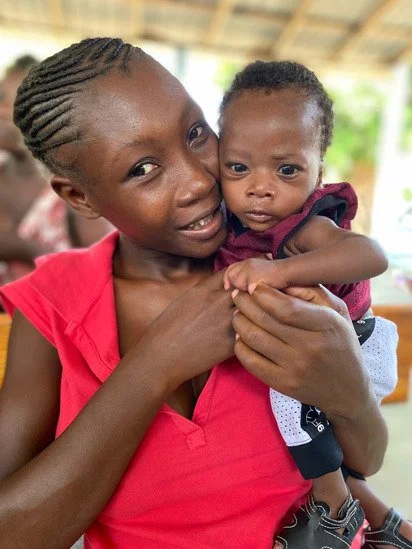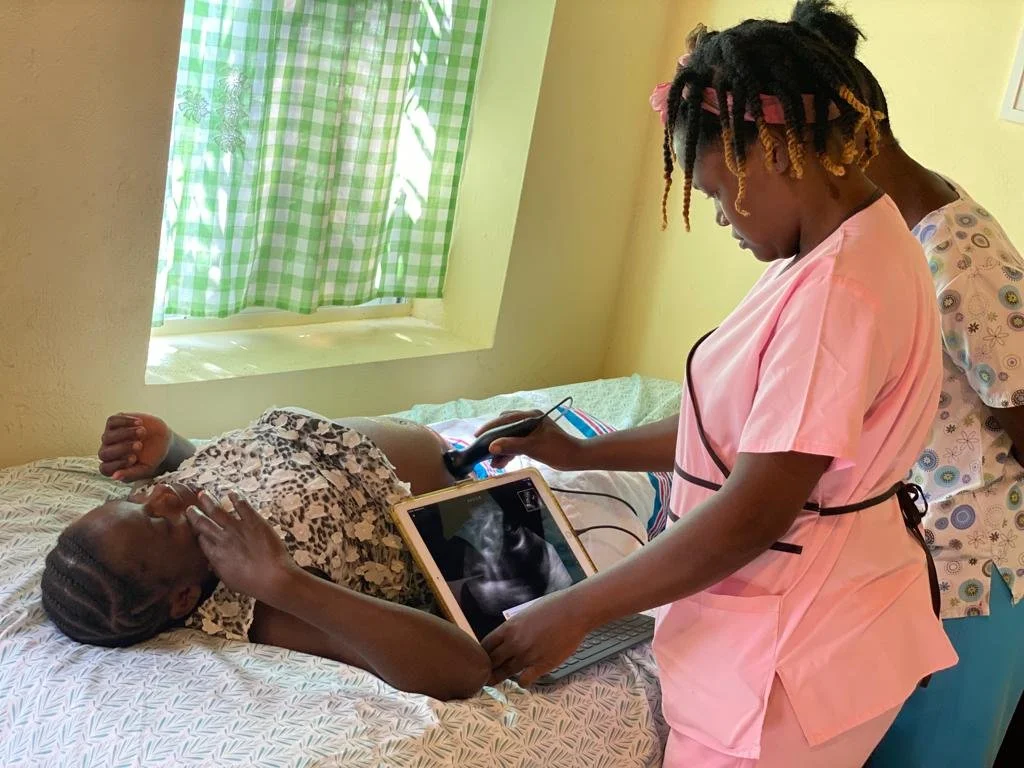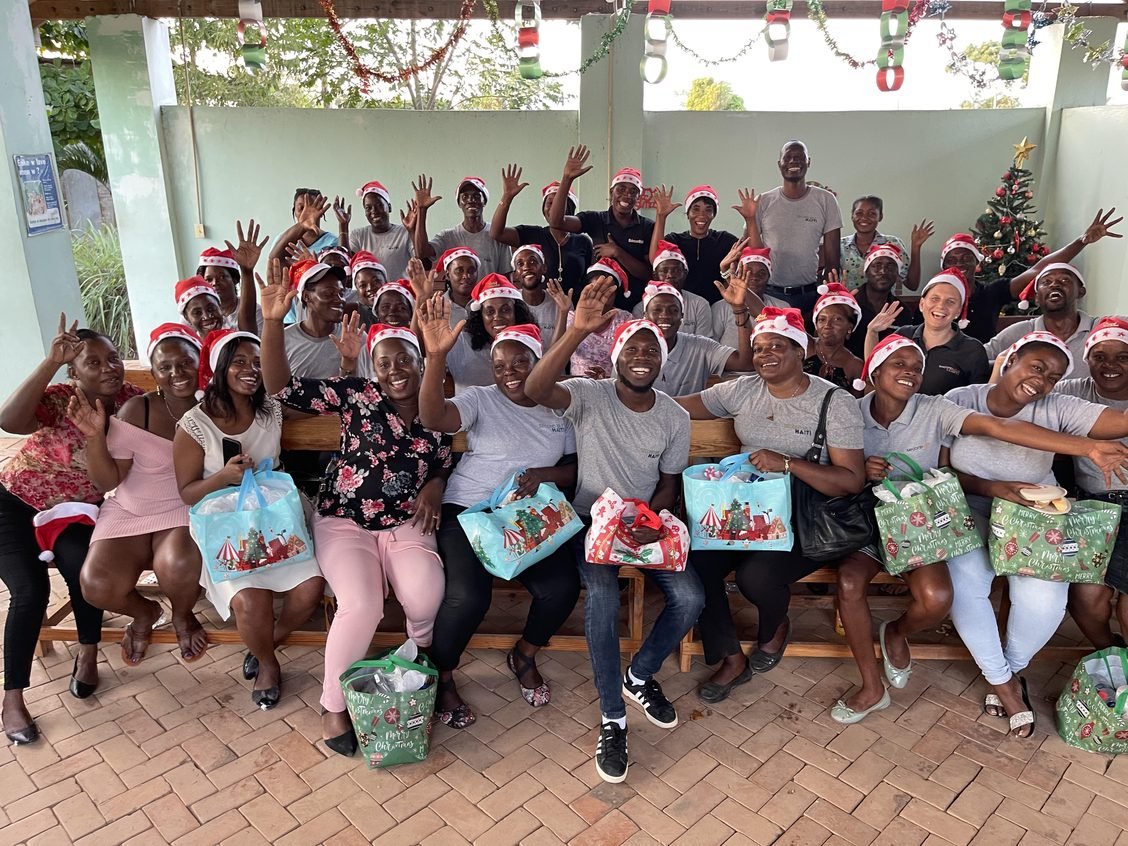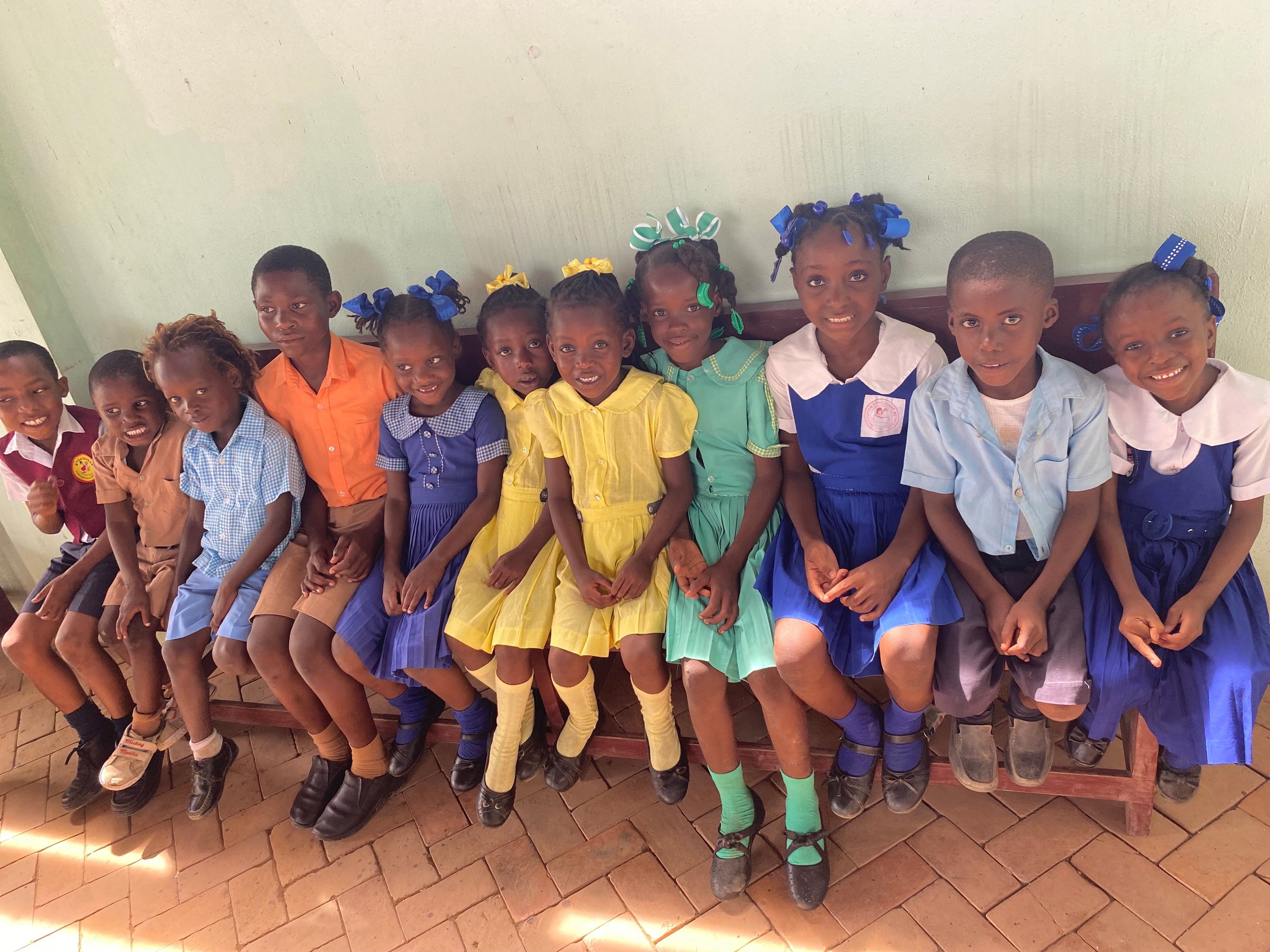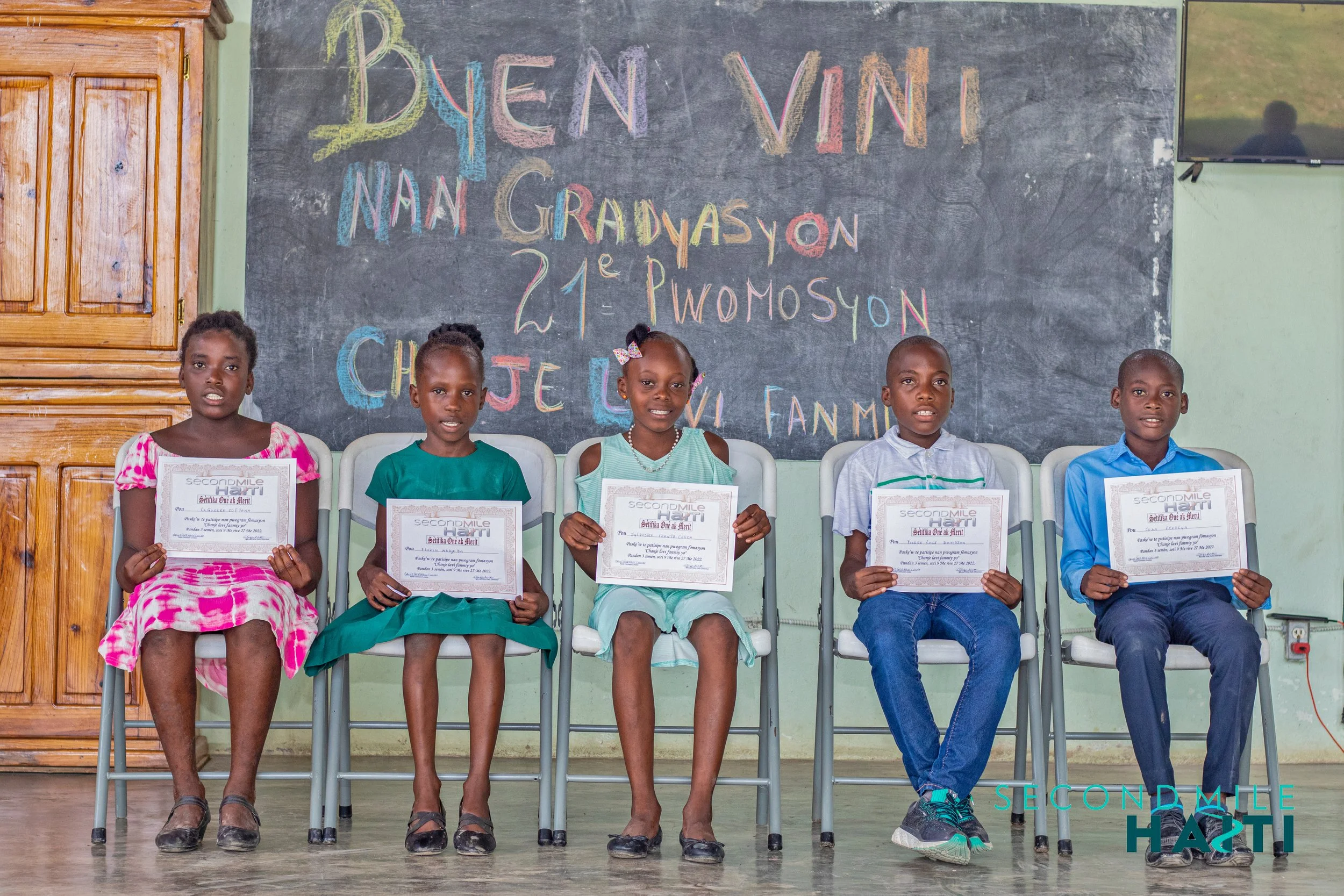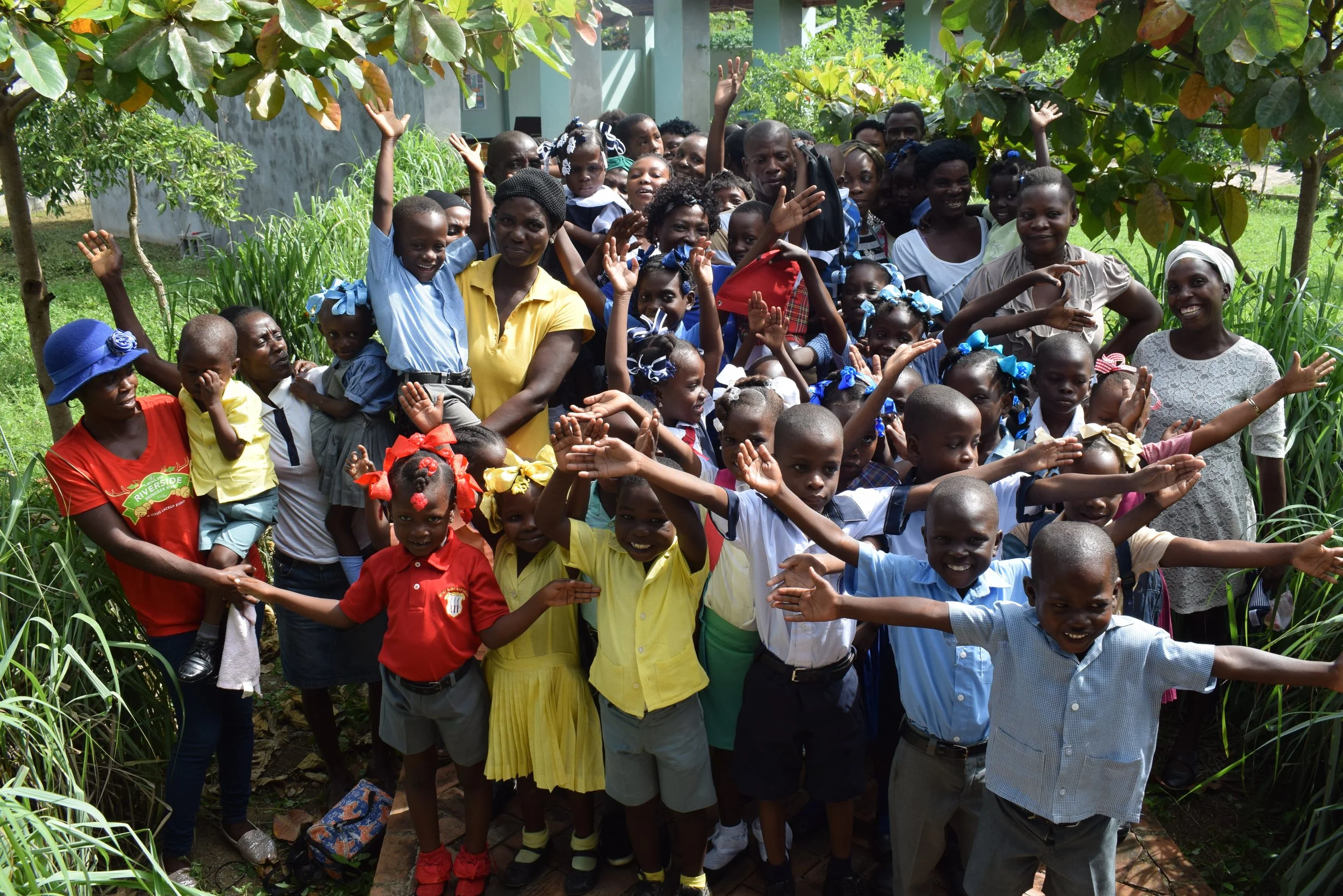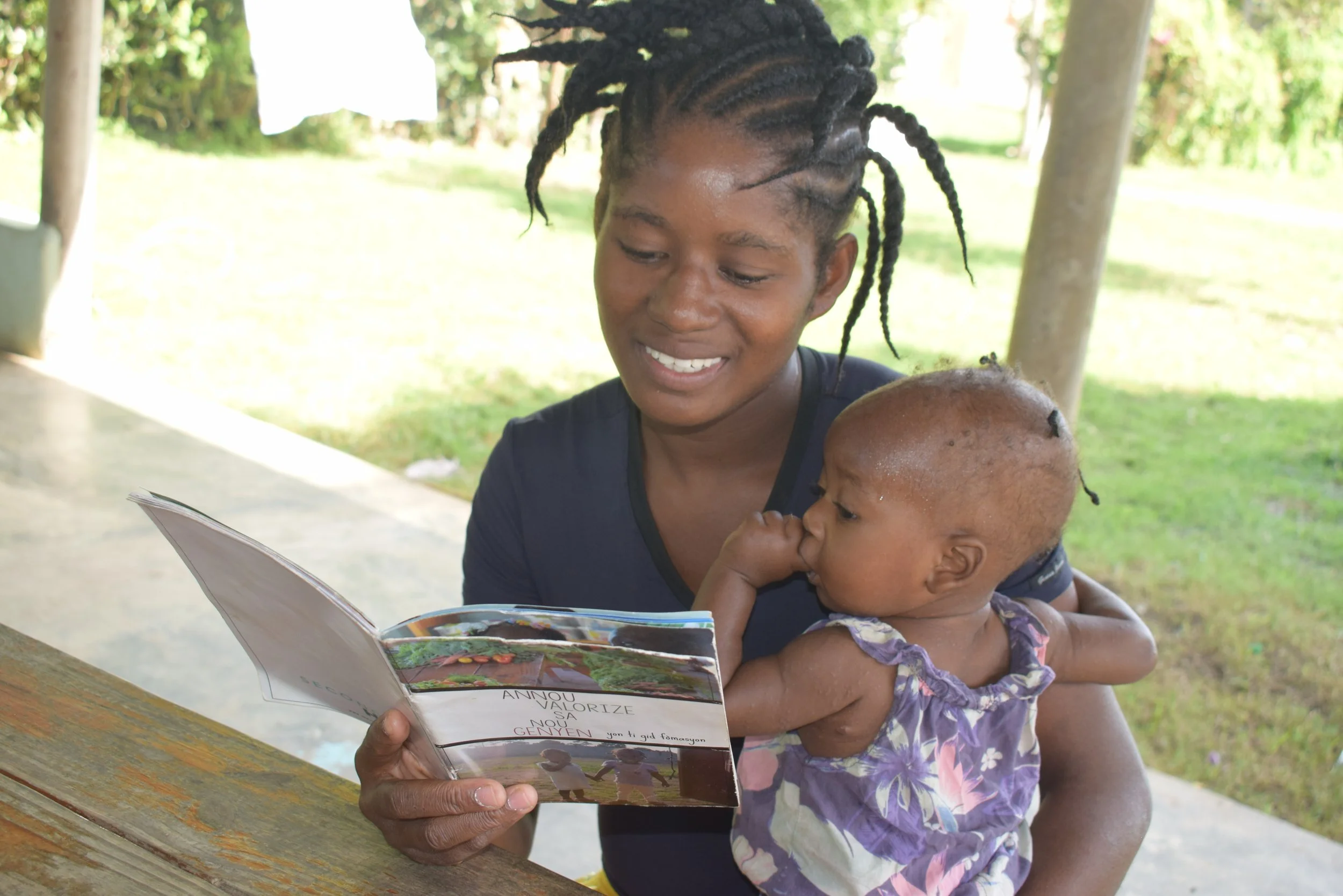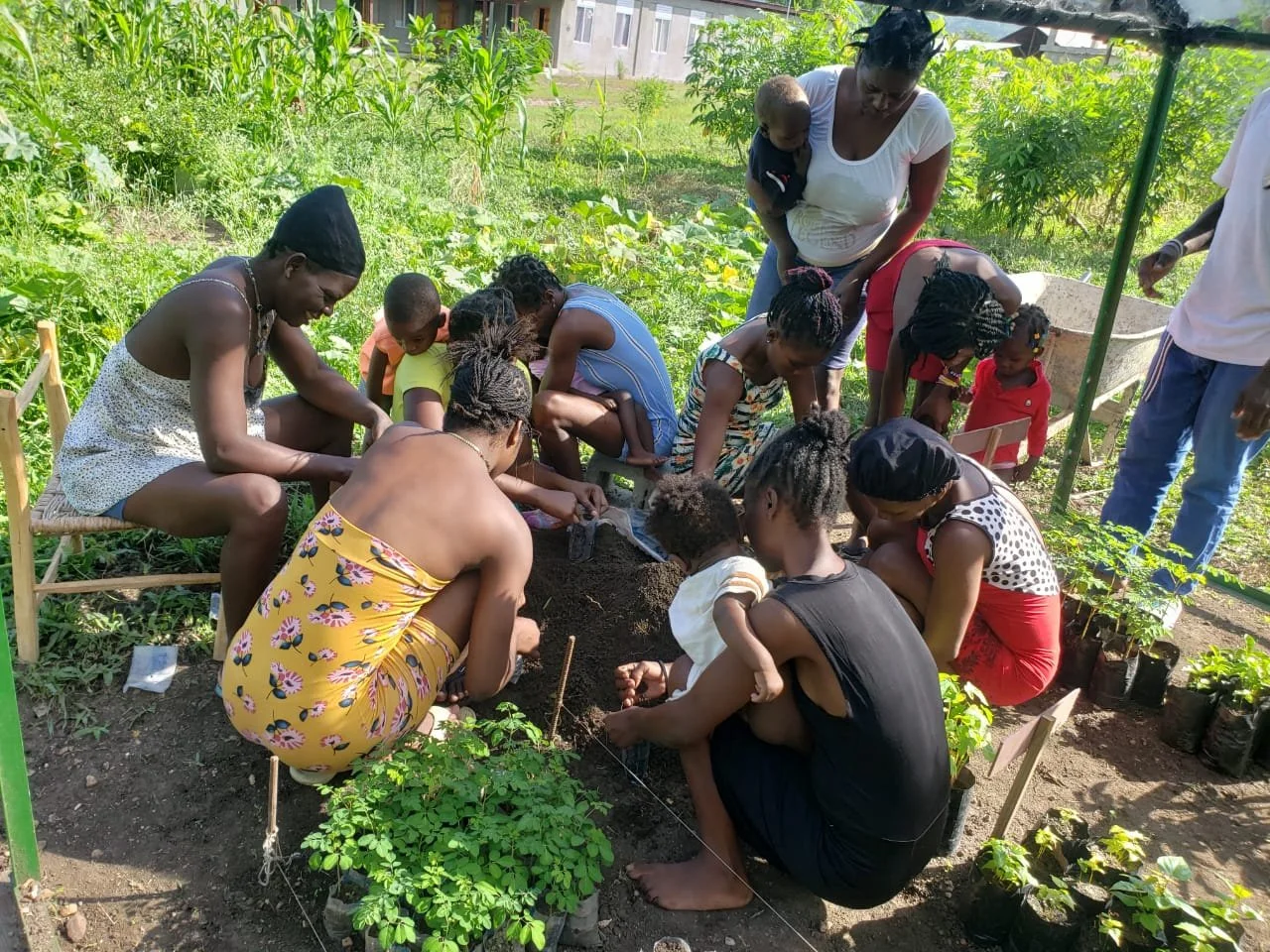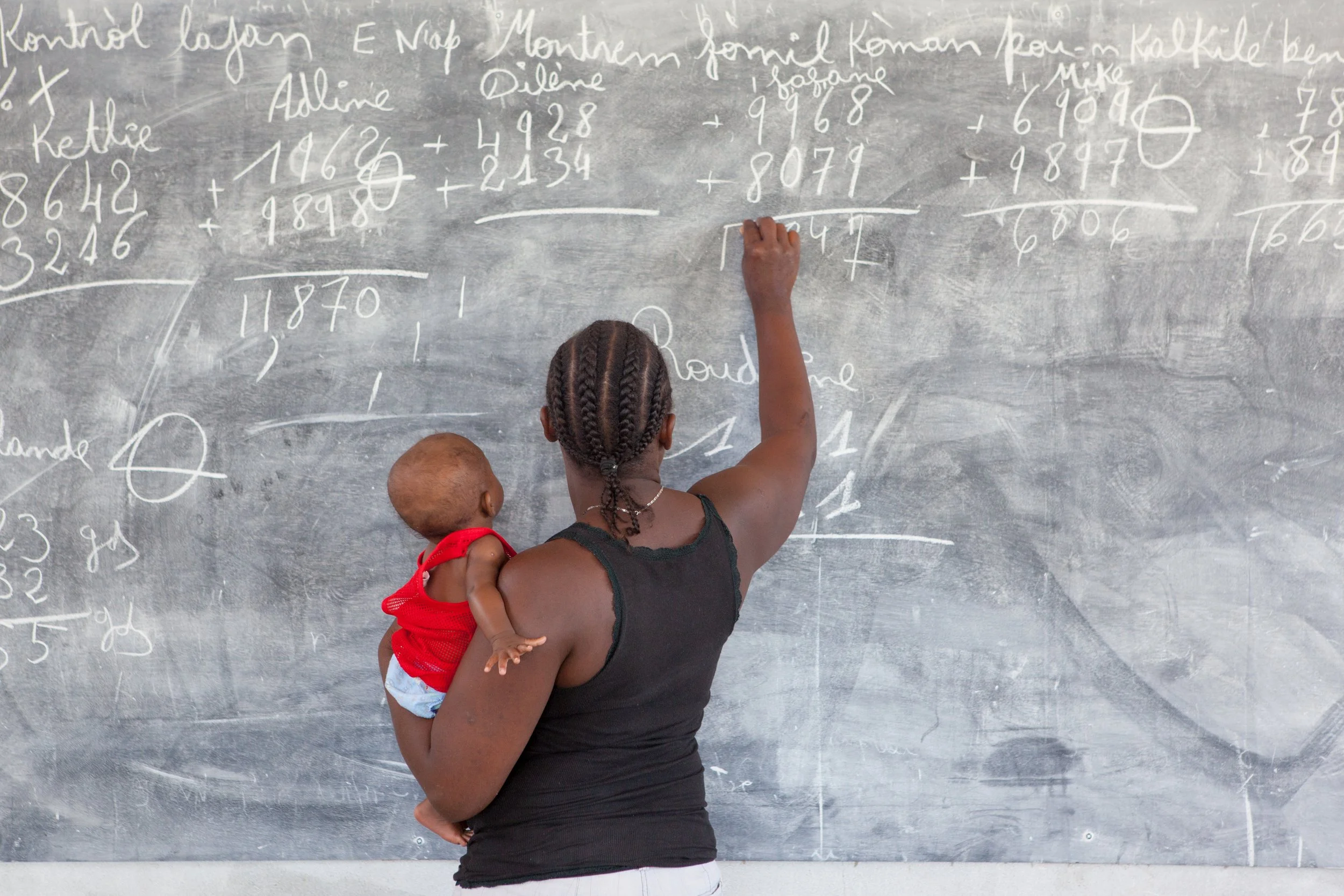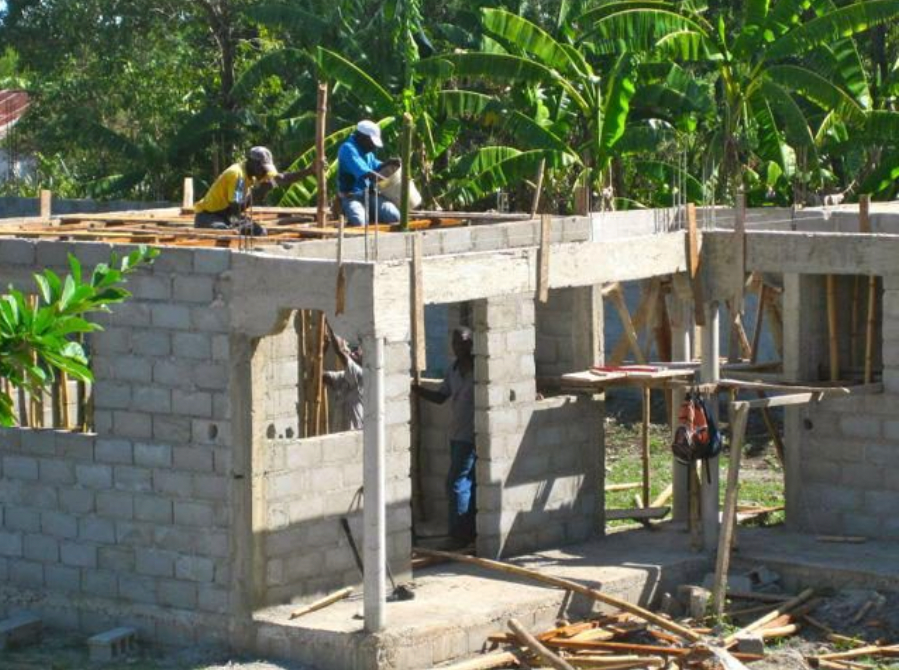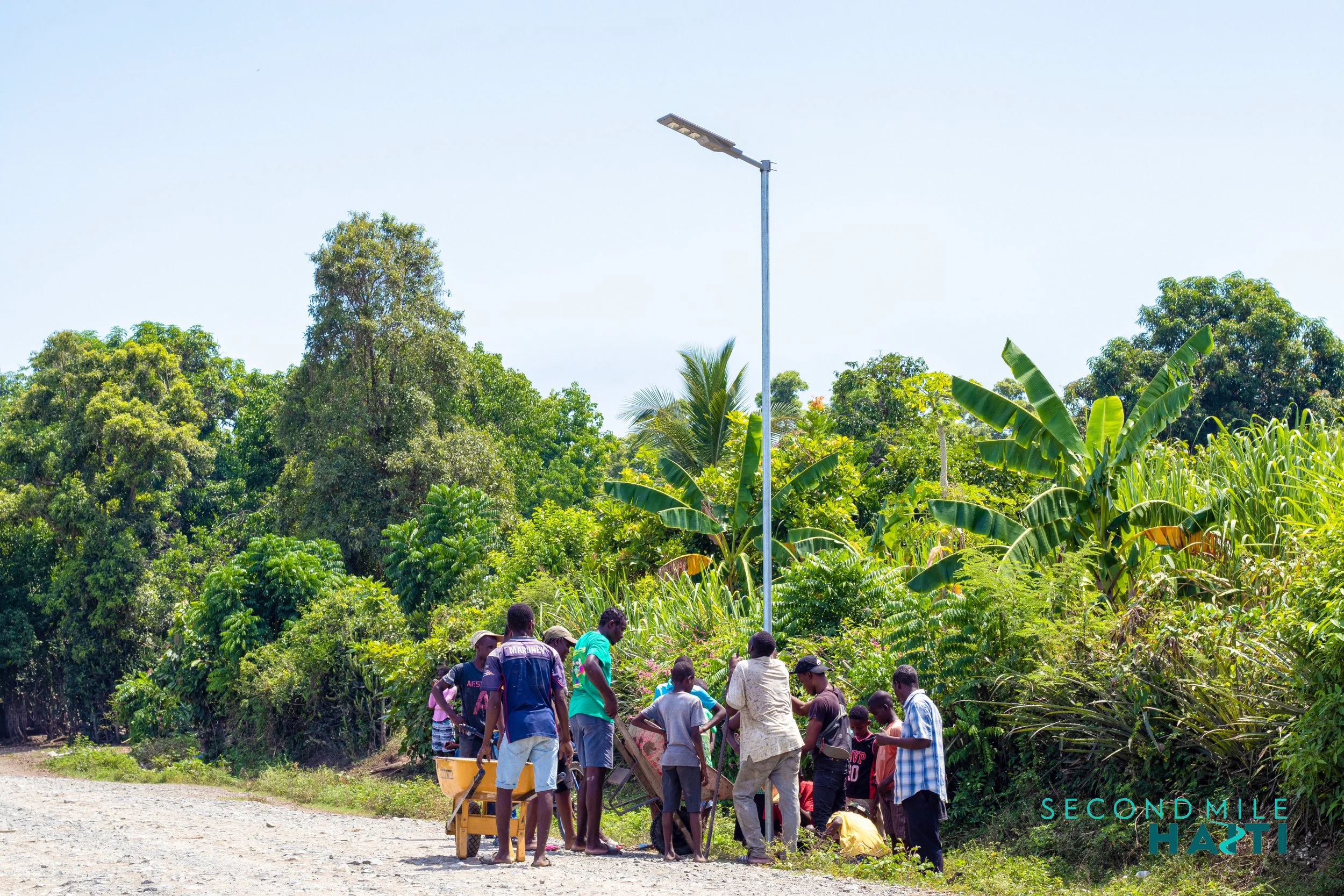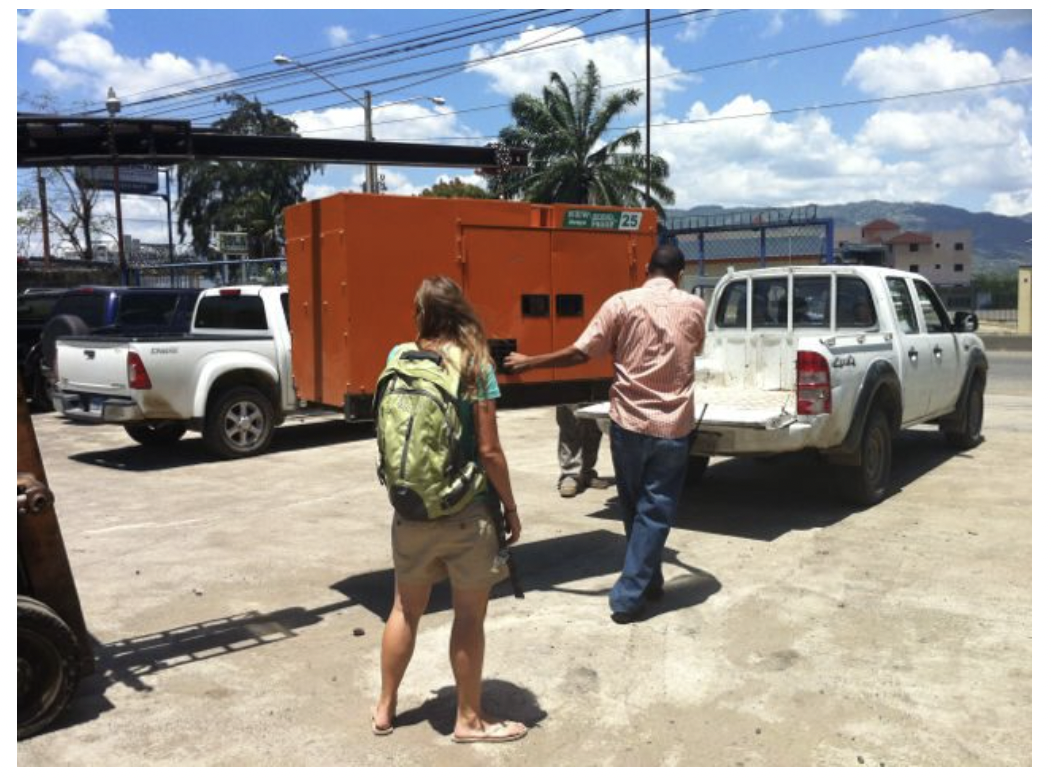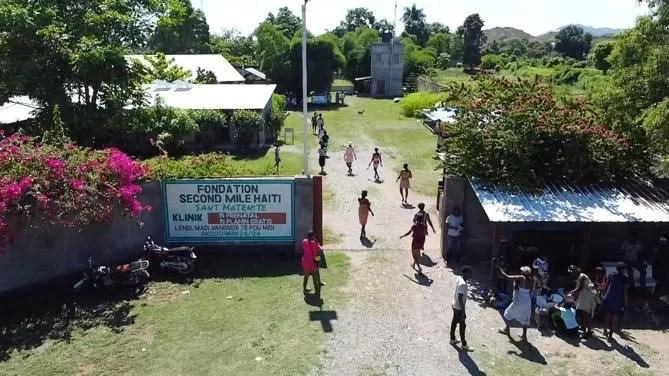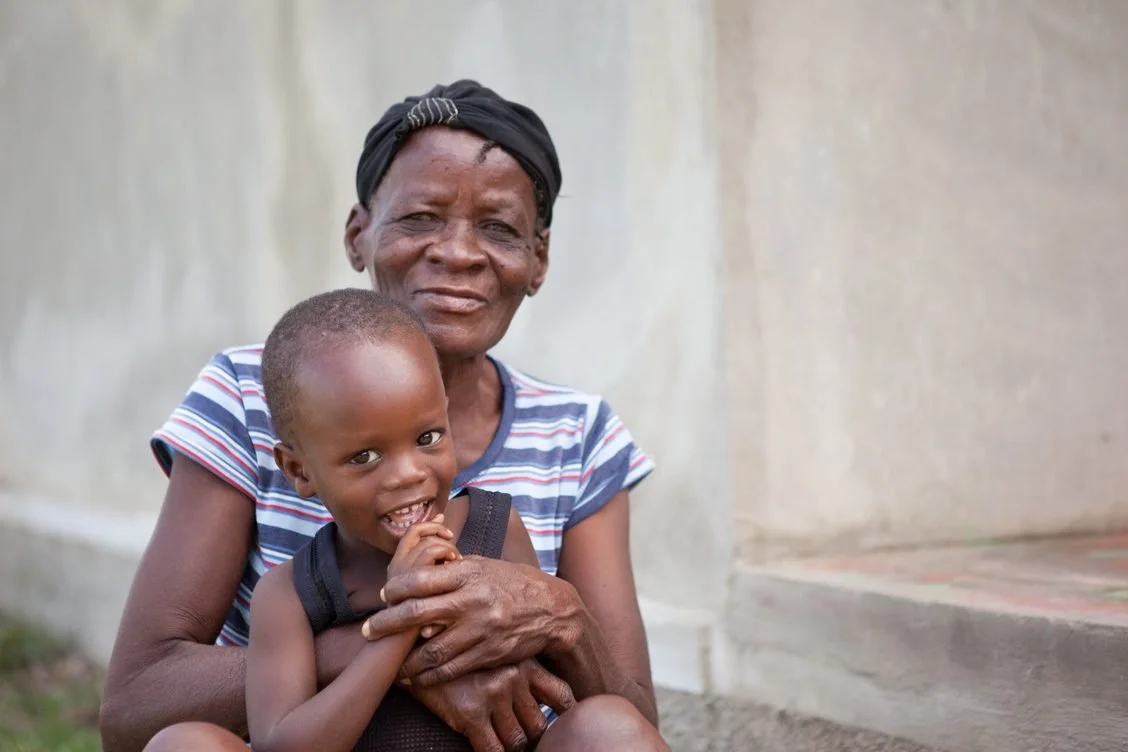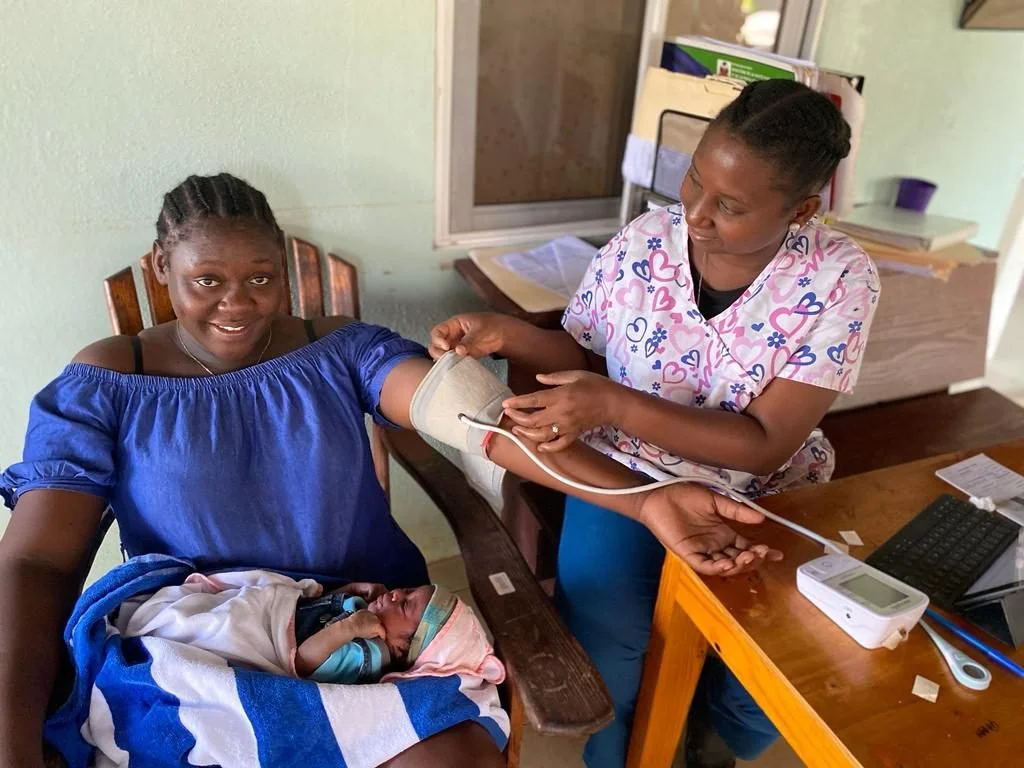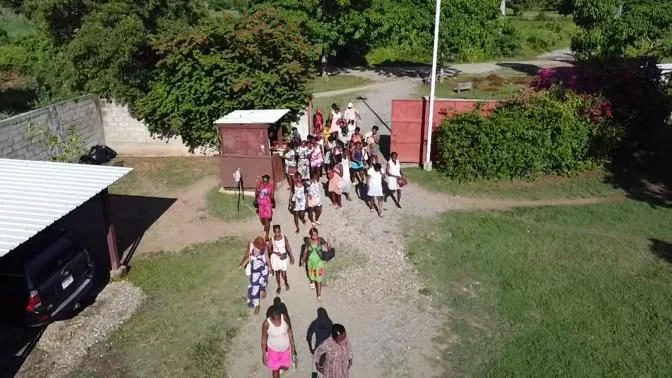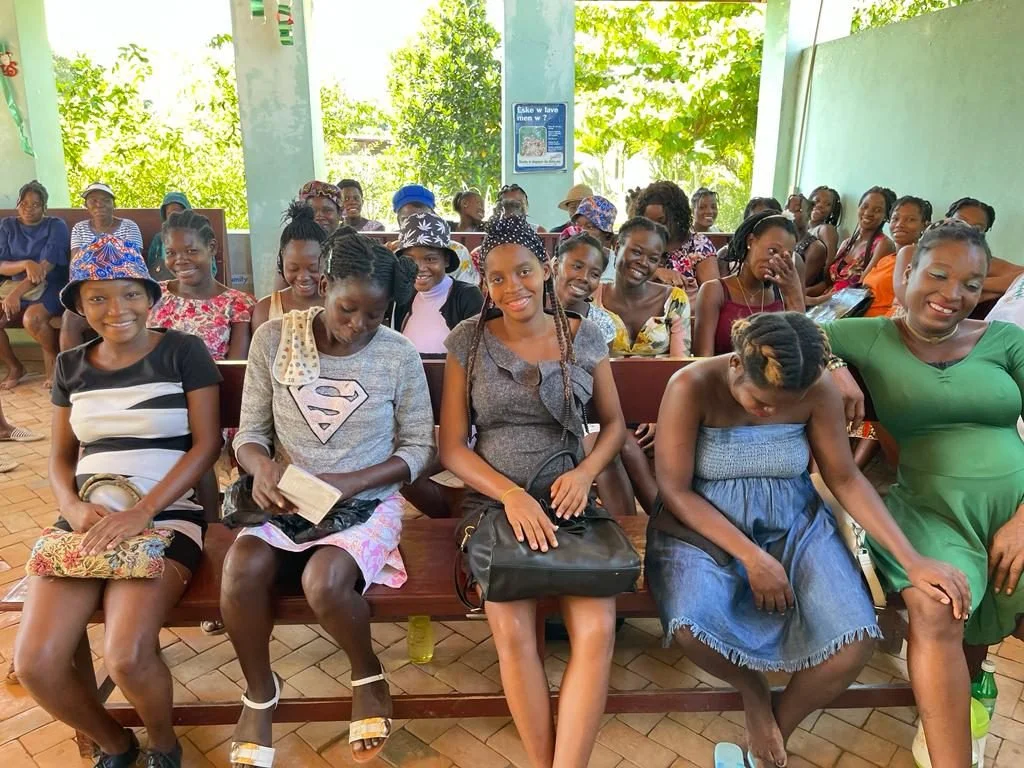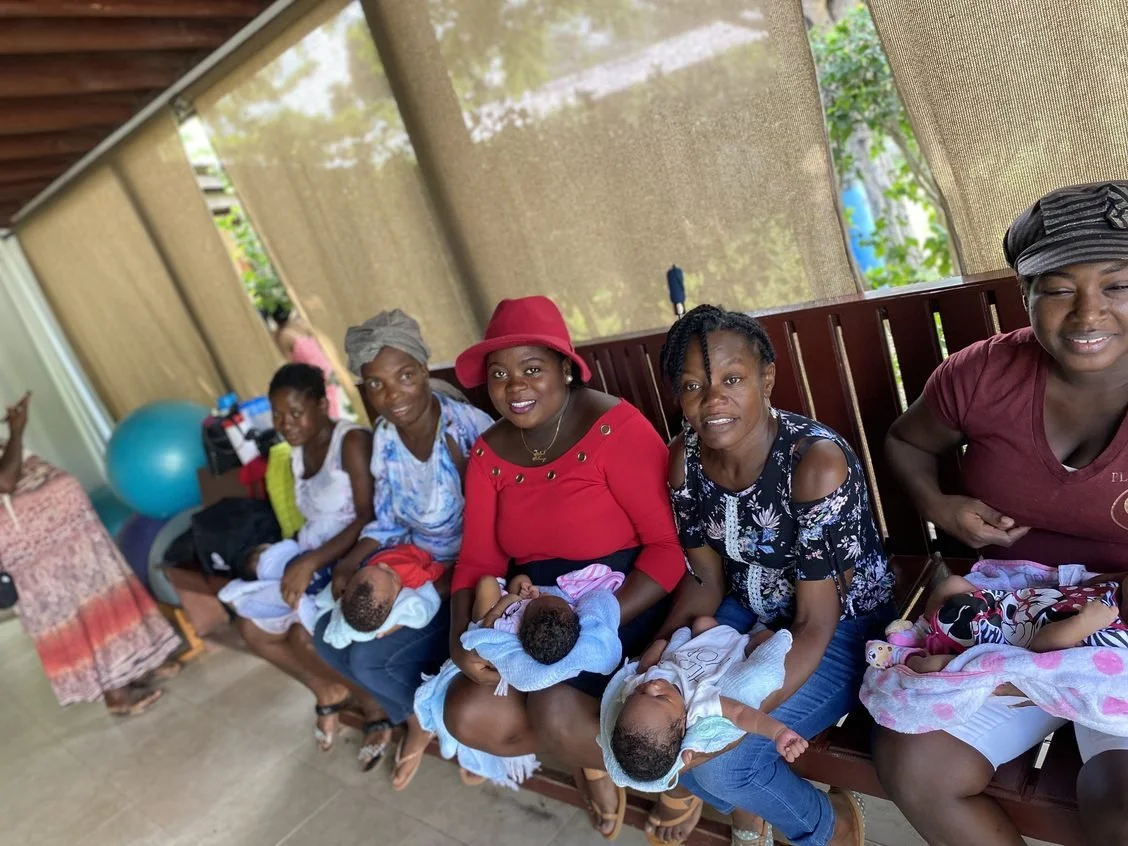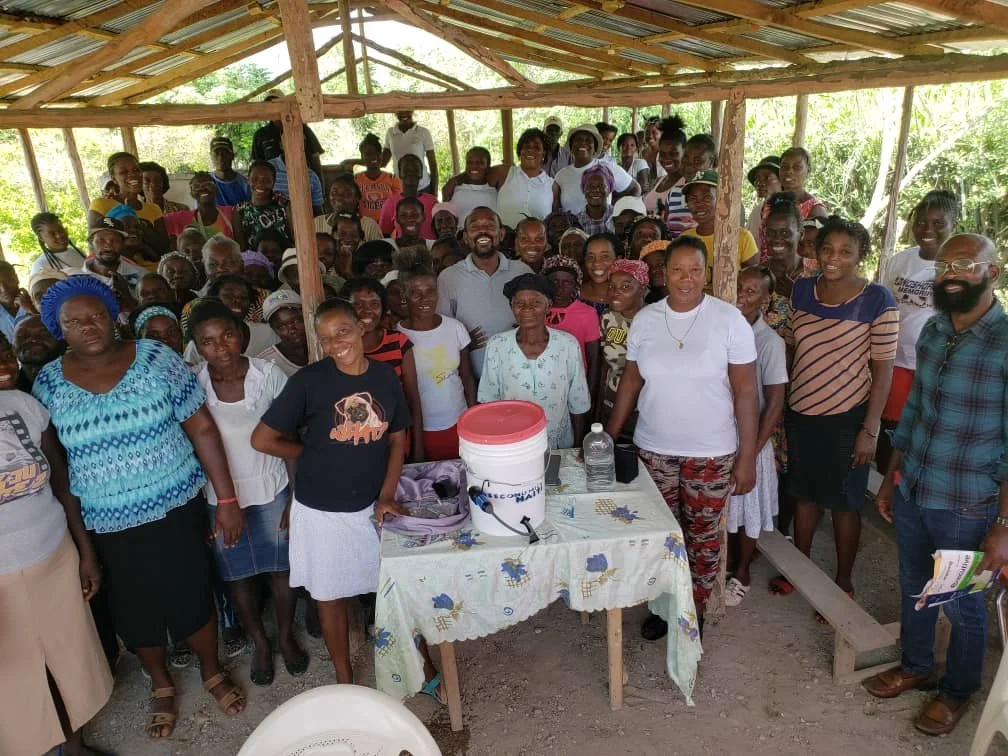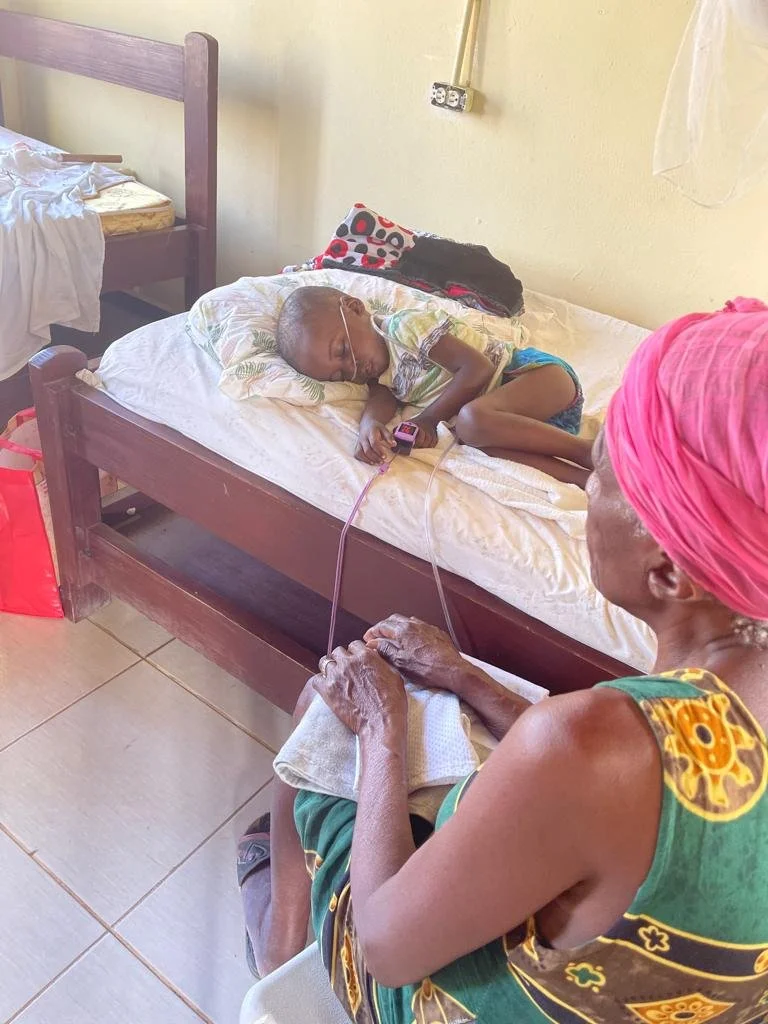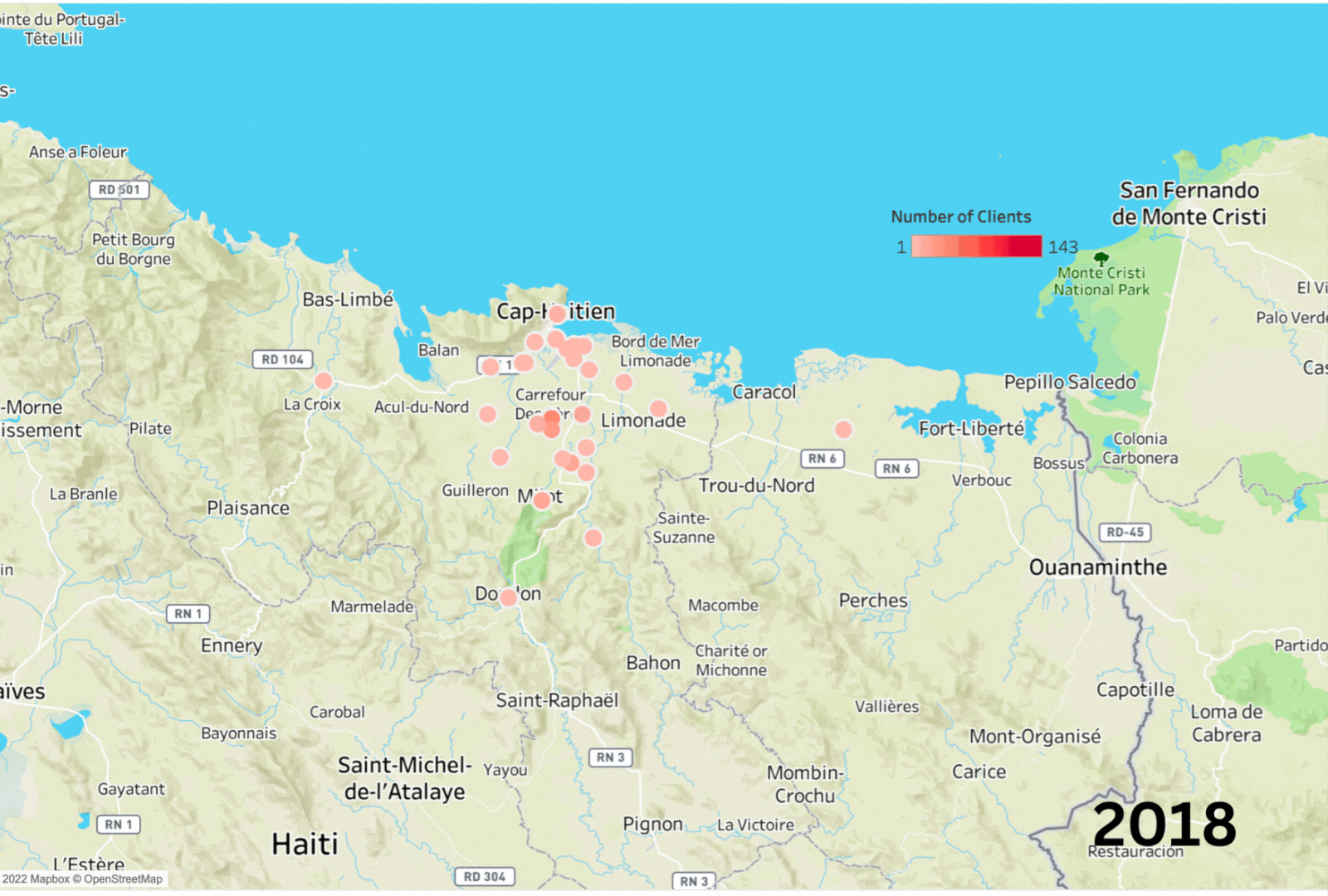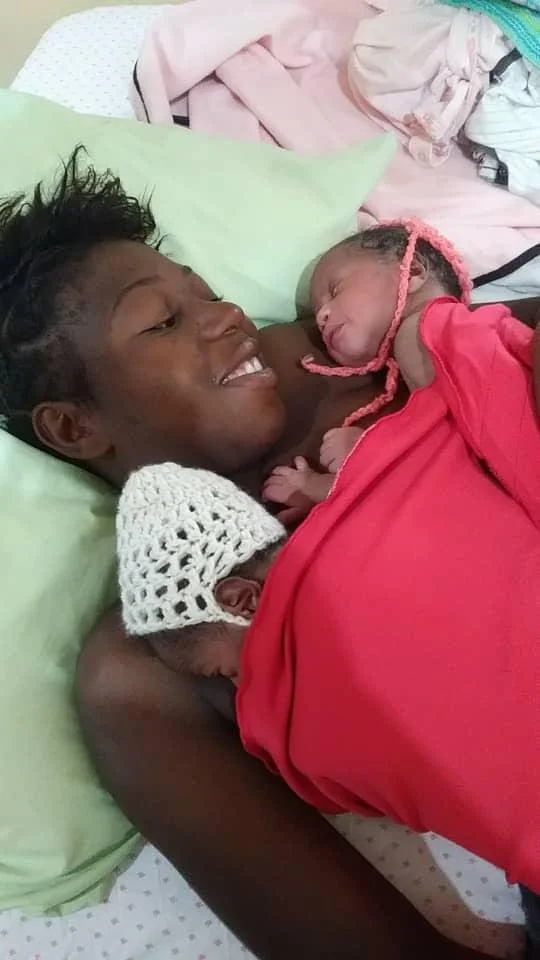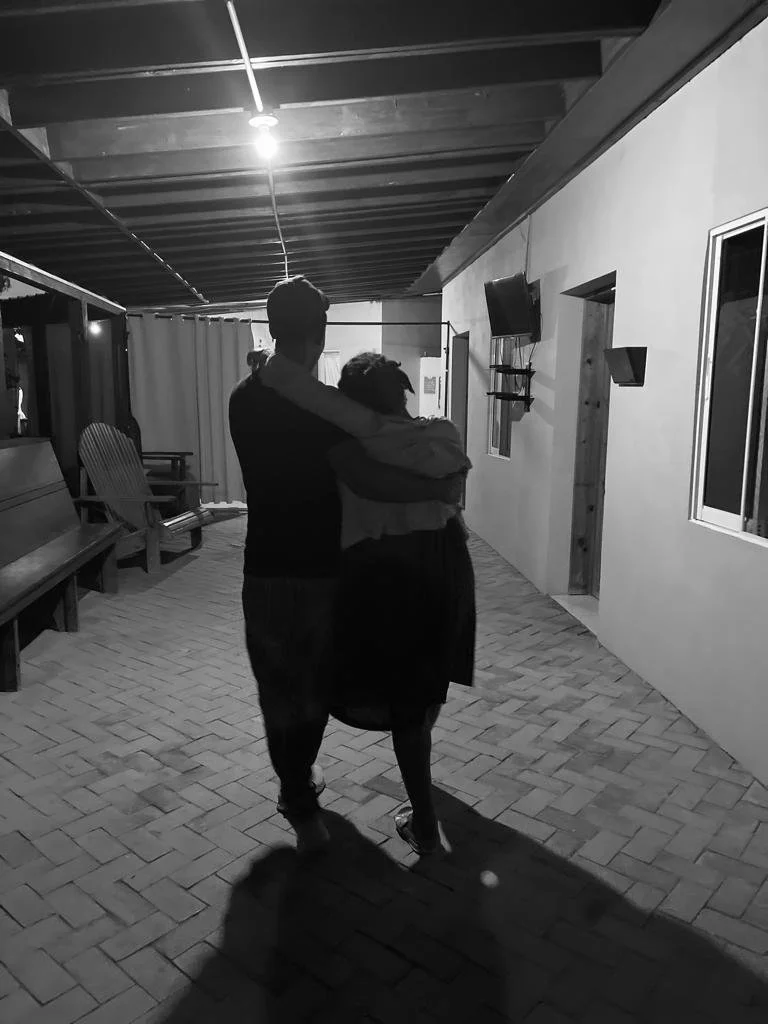Hi Second Mile Haiti Family,
Jenn here. I’m back again this week, because I can’t stop talking about how much I love these solar installs.
I am sure by now that it’s no secret that my favorite project is solar lamp installation.
I think it’s one of the most impactful things we do here at Second Mile Haiti.
Well, we have lots of things with great impact but this project is just, different. It’s different because we are pouring time, money, resources in a project that impacts communities outside our (most immediate) reach.
I was once told by a Haitian friend that the one thing he wishes the humanitarian aid community would focus on is infrastructure. There needs to be access to lights, roads, medical facilities, schools, etc.
Understandably, two of these things are getting built at a faster rate than the other two. Organizations often end up building medical facilities and schools in the areas they serve but too often there isn’t a durable road or any light leading to these facilities.
Navigating a road by foot or motorcycle in the dark, a one-mile trip might take 30 minutes and a family with a sick infant might not feel safe to make the trip because there is no light.
When we started the solar lamp project, I didn’t know that it would grow into such a large project. And I certainly didn’t fully comprehend the impact it would have on these specific communities.
I didn’t know so many new businesses would pop-up, that local meeting areas would draw larger groups, that we would see more soccer matches at night with more people enjoying the entertainment, that we would see kids studying under the lamps and playing jump rope in the streets.
There was a time when everyone would go inside their homes when the sun went down because a) it wasn’t safe and b) there isn’t much to do when there isn’t any light. Now, there are nighttime church services and people aren’t afraid to attend. Now, you can find food being cooked, served, and purchased at 9 pm.
You see people gathering, talking, and laughing in the streets in those easy hours after the work day is finished.
It’s magical and it’s something that everyone should have access to.
Think about it. Who doesn’t have the occasional need to eat at 9 pm?
It’s a universal phenomenon. Busy day, no time to cook, or simply the craving for something warm and (I’ll say it, greasy) after a long day. But in this area, people couldn’t act on hunger that came after dark. The darkness kept them inside, hoping to dull the hunger pains through sleep until morning.
Now, it’s common to see a teenager prancing down the road carrying Youseline’s spiced chicken or some other delicious street food back to their families, while savoring the moment of carefree freedom this errand (and the lights) allowed.
bove: A girl removes rocks from a hole to create depth for the next light post.
The first time we installed solar street lamps, we put in 20 lamps in Jean Louis, the tiny community that is home to our Cap Haitien Malnutrition Treatment Center.
Immediately, other areas wanted what they saw in Jean Louis.
But we decided quickly that we would never install lights anywhere that wasn’t a connection and continuation from a previous installation.
As often as we’d hear requests, people asking us to install the solar lights in their village, our answer was always the same:
We’ll do our best to get there. But the street lamps must connect.
It felt really important to us to create long stretches of safety so that women and girls—all children—could move freely.
Yesterday, thanks to our growing chain of connecting street lamps, we entered in a new area called Pitimi. It was a long and productive day. We installed 38 lights in one day’s work.
As always, the residents of that area were prepared for our arrival.
These installation are only possible because we ask the community to participate by contributing sand, rocks, cement, water, and labor.
At each installation, we’ll have around 30 people actively working together to get one single panel into the ground. It’s a sight to see.
Each time we do an installation, the group of helpers seems to get bigger and bigger.
I’m sure it’s because they’ve been waiting for their turn. Before yesterday, the individuals pictures above still lived in an area without nighttime light.
Before last night, every evening they could look down the road and see the impact that the lights made for their neighbors.
When it was finally their turn, they were ready.
They’d been ready for months.
I find myself tearing up when I see young and older people helping together.
On the one side, these individuals have gone for 50+ years never having walked a road that wasn’t in complete darkness. For the youngest children, solar street lamps are the new normal.
I can’t help but think, thank goodness these kids are having a different experience. Thank goodness, their evenings will be full of less fear, and more light.
I tell you all of this because infrastructure is important. Too often, projects like these get overlooked by organizations of our size. So much focus is placed on maintaining programs.
But it’s worth restating. Remember the example? The family who waited until morning to take their sick infant to the hospital. What if it had been too late?
Infrastructure can save lives, just as programs can.
And I for one, am thankful that we have supporters who say, “this is important. count me in!”
Thank you.
It’s clear I haven’t quite “gotten over” the sense of wonder I felt yesterday as I participated in the installation firsthand, as I often do (it’s my favorite project after all).
I keep revisiting the faces of the people I worked alongside. I saw determination and joy and gratitude. But mostly hope. And I wish you all could have seen it.
For now, these photos will have to do.
And if you still want to feel like you were here with us, head to our Instagram page and watch today’s story or click on the dot marked “Light” for even more behind-the-scenes.
Sending love and endless gratitude from 🇭🇹,
Jenn
Jenn Schenk
Executive Director
Second Mile Haiti
